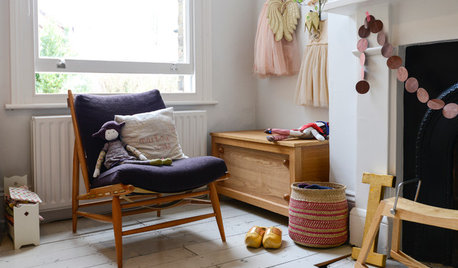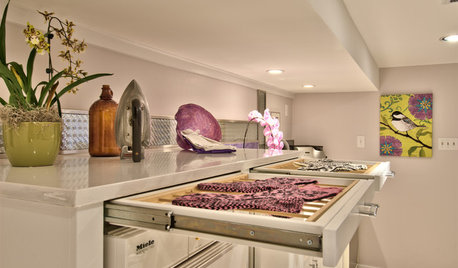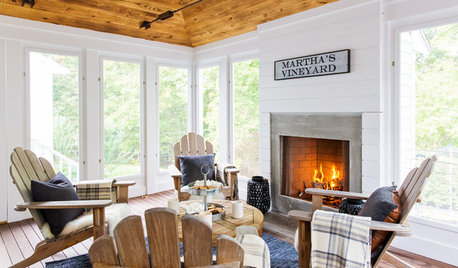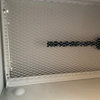Need recommendations for air sourced cold climate heat pumps
Stymie
3 years ago
Related Stories

ARCHITECTURE15 Smart Design Choices for Cold Climates
Keep your home safe and comfortable in winter by choosing the right home features and systems
Full Story
GREEN BUILDINGBuilt for Energy Efficiency in a Cold Climate
This Calgary, Canada, duplex is LEED Platinum-certified despite the area’s freezing weather much of the year
Full Story
HOUSEKEEPINGLower Your Heating Bills With Some Simple Weather Stripping
Plug the holes in your house this winter to make sure cold air stays where it belongs: outside
Full Story
FEEL-GOOD HOMESimple Pleasures: Get Cozy on a Cold Day
Some things are best when the weather is bad. Heat up some cocoa and join the discussion
Full Story
FLOORSFloors Warm Up to Radiant Heat
Toasty toes and money saved are just two benefits of radiant heat under your concrete, wood or tile floors
Full Story
BATHROOM DESIGNWarm Up Your Bathroom With Heated Floors
If your bathroom floor is leaving you cold, try warming up to an electric heating system
Full Story
LAUNDRY ROOMSHouzz Call: How Do You Air-Dry Your Clothes in Winter?
Baby, it’s cold outside! Do you have a trick to line-dry clothing indoors? Please tell us about it
Full Story
LIFE6 Ways to Cool Off Without Air Conditioning
These methods can reduce temperatures in the home and save on energy bills
Full Story
PORCHES9 Cozy Sunrooms and Porches for Warming Up in Cold Weather
Warm blankets, roaring fires and winter weatherproofing make these indoor-outdoor spaces toasty as temperatures drop
Full Story
MOST POPULAR5 Ways to Hide That Big Air Conditioner in Your Yard
Don’t sweat that boxy A/C unit. Here’s how to place it out of sight and out of mind
Full StorySponsored
Columbus Area's Luxury Design Build Firm | 17x Best of Houzz Winner!




fsq4cw
Elmer J Fudd
Related Discussions
Air source heat pump questions
Q
Air source heat pump or 'conventional' system? Quotes...
Q
Air-source heat pumps in zone 6
Q
Cold climate air-sourced mini split heat pumps
Q
mike_home
StymieOriginal Author
StymieOriginal Author
fsq4cw
Elmer J Fudd
mike_home
StymieOriginal Author
mike_home
Elmer J Fudd
Elmer J Fudd
mtvhike
Patricia Colwell Consulting
mtvhike
fsq4cw
StymieOriginal Author
Elmer J Fudd
jrb451
Elmer J Fudd
StymieOriginal Author
StymieOriginal Author
fsq4cw
Patricia Colwell Consulting
StymieOriginal Author
mtvhike
fsq4cw
Elmer J Fudd
StymieOriginal Author